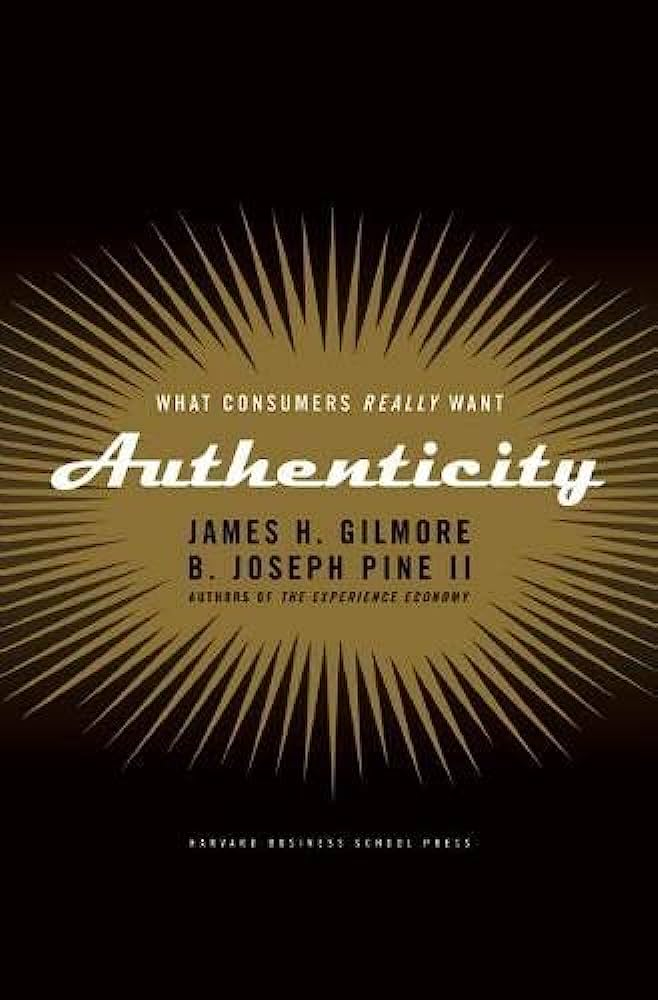What’s the Secret? – To Providing a World-Class Customer Experience
RATING


What’s the Secret? a book on implementing customer service in your organization (not customer experience). The author begins with a current state analysis of service, pointing out that we are facing a rapid decline in people skills which has largely been the result of technology.
The author, a consultant, introduces a company service aptitude test (CSAT) which can be used by readers to determine your organization’s service aptitude level. The remainder of the book goes through what are called the 10 Commandments to provide a world-class customer experience. The six components of a customer’s experience are categorized as: Physical; Setting; Functional; Technical; Operational; and Experimental.
This book provides a useful construct in the CSAT (company service aptitude test) in order to allow the reader to rank and begin thinking in terms of developing a customer service implementation plan. It contains many practical ideas and examples for implementation. For example, there is a chapter on “Secret Service Systems,” or systems that allow front-line employees to engage and interact with customers and personalize the customer experience by anticipating and delivering on their needs. There are examples of systems used by companies such as Ritz Carlton and Disney Guestology.
Despite the title, this is not a book on customer experience, but a book on service quality. The book devotes a chapter to the importance of measurement for ongoing improvement but basically just provides an example of a study by Service Management Group called “Five Things We Learned from Talking to 100 Million People,” giving seemingly obvious conclusions such as “ loyal customers drive sales and profits,” rather than any specific metrics. The author also seems to heavily pitch his firm’s services, which is perhaps why there are little details on measurement. For related material, see Customer Experience Strategy.
What’s the Secret? gives you an inside look at the world-class customer service strategies at some of today’s best companies. You’ll learn how companies like Disney, Nordstrom, and The Ritz-Carlton get 50,000 employees to deliver world-class customer service on a consistent basis- and how your company can too. Packed with insider knowledge and a wealth of proven best practices, author John DiJulius will show you how your company can emulate the world’s best customer service providers.
The book contains many examples of implementation of customer service strategy. The CSAT is a useful tool for evaluating your company’s current state of focus on customer experience and getting the reader thinking in the mindset for developing a strategy. The 10 Commandments represent a framework for implementation.

What’s the Secret gives many examples and a framework for how to implement a customer experience strategy, with less in terms of theoretical understanding or formulating a strategy. It also falls short of being a book on customer experience, instead it is about customer service quality. The measurement chapter gives little or no actual tools for measurement, instead promoting the findings of a study on customer service.
See content on this topic


Sales training for front line along with basic development and coaching principles for line management.
Understanding branding and communications from the standpoint of emotional engagement and building relevant and meaningful dialogue with customers.
This course covers a complete view of customer touch points (both physical and virtual) and a unique model for standardizing and managing customer contact models across channels including approaches for customer feedback, quality management, and migration.
Understand how the innovation process changes moving from functionality and channel design to a process focused on creating value for customers.
Experiential Branding & Communications – Improving Brand Integration Through Emotional Engagement.
This course covers a complete view of customer touch points (both physical and virtual) and a unique model for standardizing and managing customer contact models across channels.
Understand the value of a customer-oriented analytics package and how behavioral scenarios can be used to improve profitability through influencing behavior and usage.
To understand the principles of game dynamics and learn how to effectively use the elements of gamification in business: to involve customers, employees and contractors in the process.
Understand the components and features in a complex Customer Relationship Management system (infrastructure, architecture, functionality, etc.) and the uses and benefits for both the business and the customer.
Understanding the range and function of different relationship management processes used to build customer engagement models and manage the quality of customer relationships.
Understand how the innovation process changes moving from functionality and channel design to a process focused on creating value for customers.
Understanding the drivers and mechanics of corporate culture will help any management to design and develop an organizational culture for success and growth.




 Copy Link
Copy Link
 E-mail
E-mail
 LinkedIn
LinkedIn
 Facebook
Facebook
 Telegram
Telegram
 WhatsApp
WhatsApp
















 Go Back
Go Back
Leave a Reply
You must be logged in to post a comment.